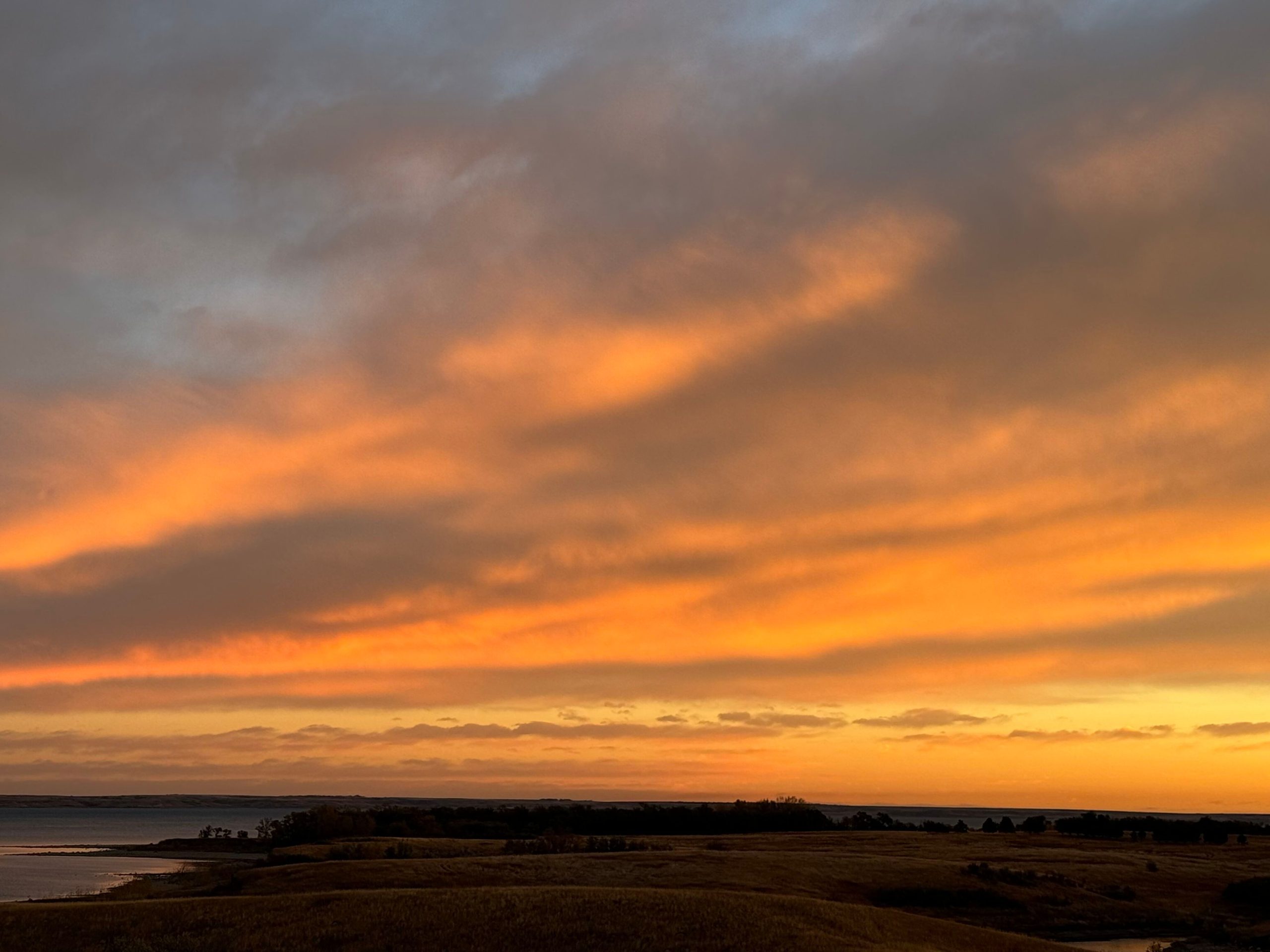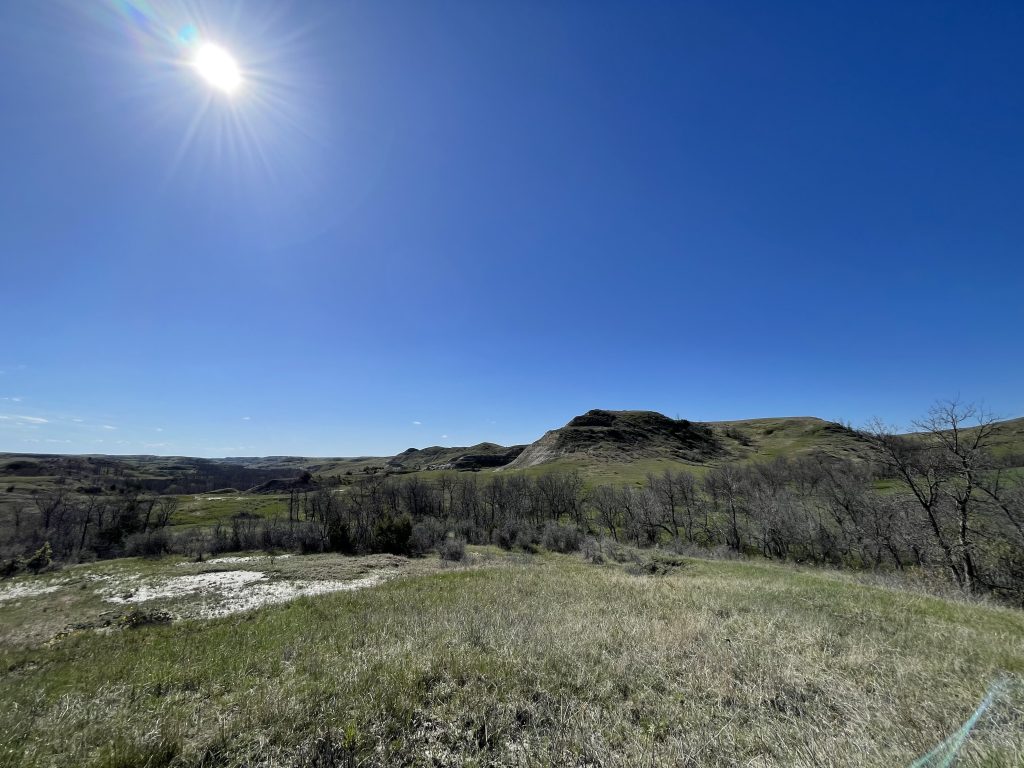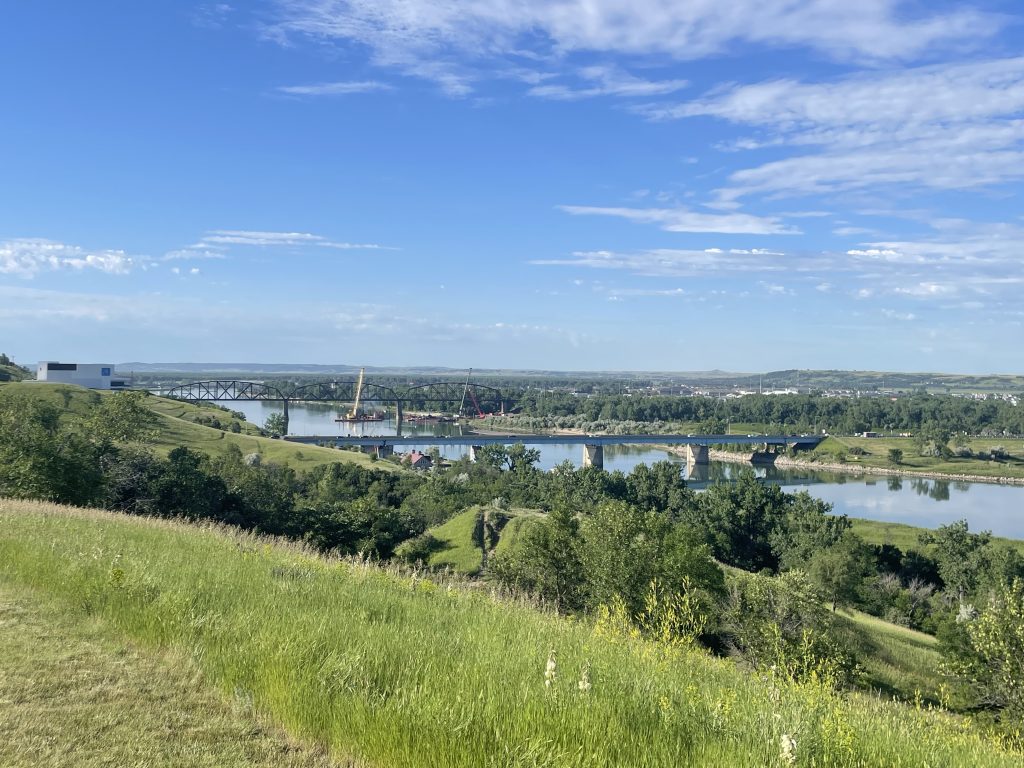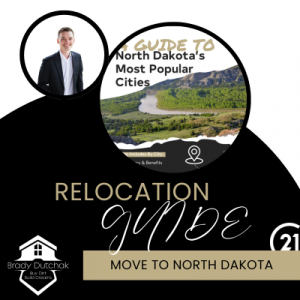Bismarck is the capital of North Dakota. The population of Bismarck is about 75,000. Bismarck is located along the Missouri River in central North Dakota.
THINGS THEY DON'T TELL YOU ABOUT LIVING IN NORTH DAKOTA
If you’ve ever considered living in North Dakota, there are a few things you need to know. I’m Brady, a full-time Realtor based in Bismarck, North Dakota. I serve primarily the Bismarck-Mandan area but can help you find home anywhere in the state. If you’re thinking about making the move to North Dakota, feel free to reach out. I’m happy to help you settle into the area and make the process as smooth as possible.
Let’s dive into what it’s really like living in Bismarck, North Dakota, beyond the stereotypes.

1. The Weather: Extreme But Manageable
Yes, the weather here is intense. Winters can bring temperatures as low as −50°F with wind chills that make it feel even colder. But here’s the thing: it doesn’t stay that way for long. These extreme cold spells usually last only a few days before temperatures climb back into the 20s or 30s. In fact, it’s not unusual for North Dakota to experience 70-degree temperature swings within a day or two.
Because of this, North Dakotans adapt quickly. After a bitter cold snap, 30°F and sunny can feel beautiful and balmy. Don’t be surprised if you see locals in shorts when it’s 40°F outside. Why? Because it’s 90 degrees warmer than it was three days ago, and the sun is shining. It’s all about perspective.
Winter
On average, Bismarck sees about 50 inches of snow per year, while areas further west like Dickinson get closer to 40 inches. Snow tends to fall sporadically, with the first flakes sometimes arriving as early as September. However, some snow melts throughout the winter during warmer stretches. By March or April, most of it is gone—though an occasional April or May snowstorm isn’t unheard of.
Lately, I’d say a “typical” winter in Bismarck is 30 degrees beginning in November. A few snowfalls in November and December. Probably a few days topping out in the single digits. Once January and February hit, you’ll see colder days and more snow. Some storms can dump feet of snow instead of inches. Temperatures in the single digits and teens become common. Although, we still have many days in the twenties and thirties, even an occasional day will reach 40 degrees.
March is the beginning of the end of winter in North Dakota. The temps start to creep up, but the days remain windy. Usually we get a heavy snowfall in March. But, since the temps are on the rise by then, it doesn’t often stick around too long.
Summer
Summers here are equally extreme. Temperatures can soar to 100°F in August, and from late May through mid-September, the highs rarely dip below 70°F. Early morning sunrises and late evening sunsets provide the perfect conditions for outdoor activities. The views are breathtaking, and the temperatures are ideal for enjoying the wonders of nature.
North Dakota is a land of weather contrasts, where you can experience −50°F in winter and triple digits in summer. Are you prepared for all four seasons?

2. The Lifestyle: Rural and Beautiful
One of the first things people notice about North Dakota is its wide-open spaces. It’s a rural state, no doubt about it. In fact, locals measure distances in minutes, not miles. For example, instead of saying “Dickinson is 100 miles away,” we’d say, “It’s about an hour and 15-minute drive.”
If you’re looking to live in a small town near Bismarck, places like New Salem or Wilton are just 20–30 minutes away. These towns offer affordable housing options, often under $200,000 for a three-bedroom, two-bathroom home. It’s an attractive option for remote workers or those looking to stretch their budget.
Land Isn't as Cheap as You Think
While North Dakota is known for its open spaces, land here isn’t dirt cheap. Lakefront properties, farmland, and scenic views of the Badlands or the Missouri River come at a premium. If you’re dreaming of buying acres of land on a budget, you might need to adjust your expectations.
That said, the state offers incredible opportunities for hunting and fishing. Public lands like the National Grasslands near Theodore Roosevelt National Park, along the Missouri River, and Lake Sakakawea provide abundant options for outdoor enthusiasts. Private landowners are often open to allowing hunting on their property—as long as you ask permission and treat the land with respect.
Outdoor Living is a Way of Life
If you love outdoor activities, North Dakota is your playground. From hiking and fishing to hunting and exploring Theodore Roosevelt National Park, or even floating the Missouri River, there’s no shortage of outdoor activities to keep you busy. However, indoor entertainment options are more limited.
Major concerts and professional sports teams are rare here. Instead, North Dakota’s smaller colleges—like NDSU, UND, and University of Mary—offer local sports and events. For indoor activities in Bismarck, you’ll find trampoline parks, science centers, movie theaters, and a few indoor playgrounds/parks. But overall, this is a state where outdoor recreation takes center stage.

3. A Trusting Community
North Dakotans are known for being friendly and welcoming. The population continues to grow as people move here for jobs, a lower cost of living, or simply to escape the hustle and bustle of denser populations. Locals generally don’t mind newcomers—as long as they respect our community and don’t try to impose changes that reflect the lifestyle they moved away from.
Handshake Agreements Are Still a Thing
North Dakota is a trusting state where handshake agreements remain surprisingly common. While this speaks to the community’s integrity, it can be a change for newcomers. Handshake agreements may not be “advised,” and should certainly be avoided in real estate transactions. But, in general, a North Dakotan is true to their word.

Moving to North Dakota
If you’re considering moving to North Dakota, embrace our lifestyle, get involved in the Bismarck/Mandan community, and enjoy everything the Peace Garden State has to offer.
Moving to North Dakota might not be for everyone, but for those who appreciate its unique blend of extremes—from weather to lifestyle—it can be a rewarding place to call home. If you’re ready to make the move, feel free to reach out. I’d love to help you find your new home in North Dakota!
About Bismarck
Cost of Living in Bismarck
Bismarck's cost of living is lower than the national average.
Strong! North Dakota boasts one of the greatest economies in the USA. Some of the major industries in Bismarck include healthcare, government, energy, and agriculture.
How long it takes to buy a home depends on many factors. Depending on your lender, getting pre-approved for a home loan can get done in a day. From there, a realistic timeline could be 45 days, assuming you find a house to buy. In some cases, it could be as short as 30 days.
The average comes in right around $350,000. First time homeowners can often find something around $250,000. A 4-bedroom, 2,500sf home that is roughly 10 years old will likely be close to $500,000. And home prices can exceed $1,000,000 in Bismarck/Mandan.






